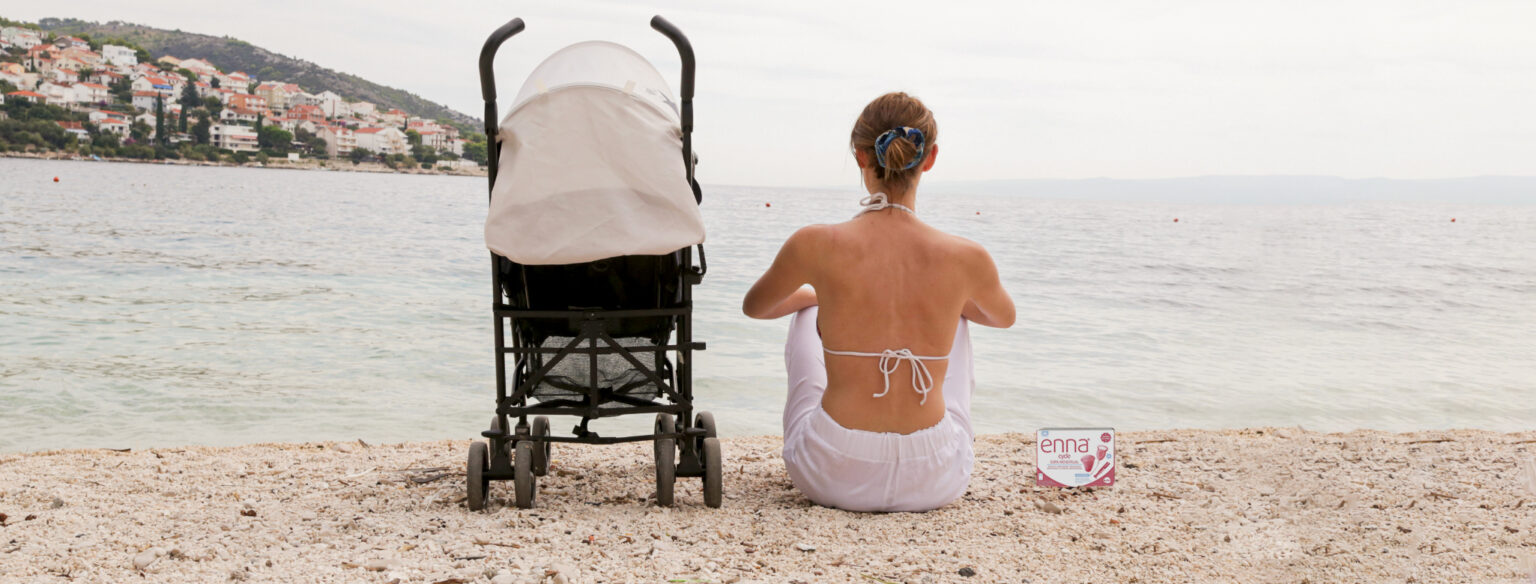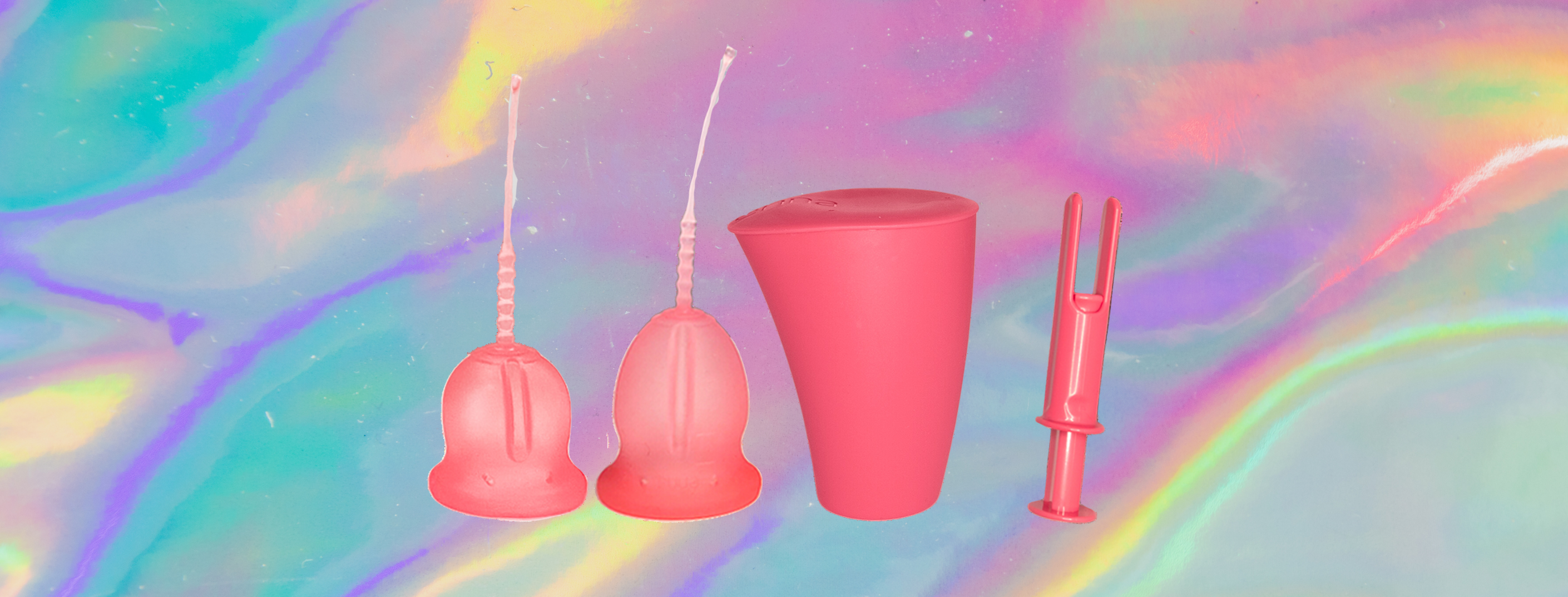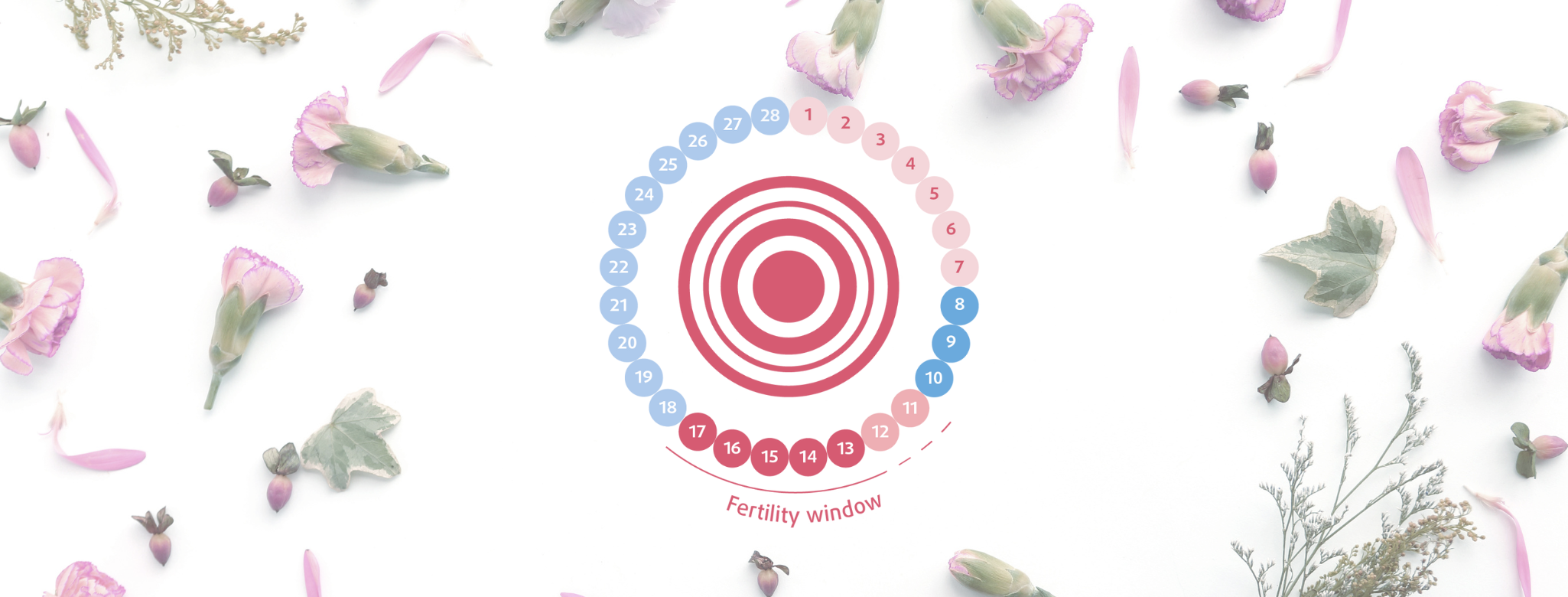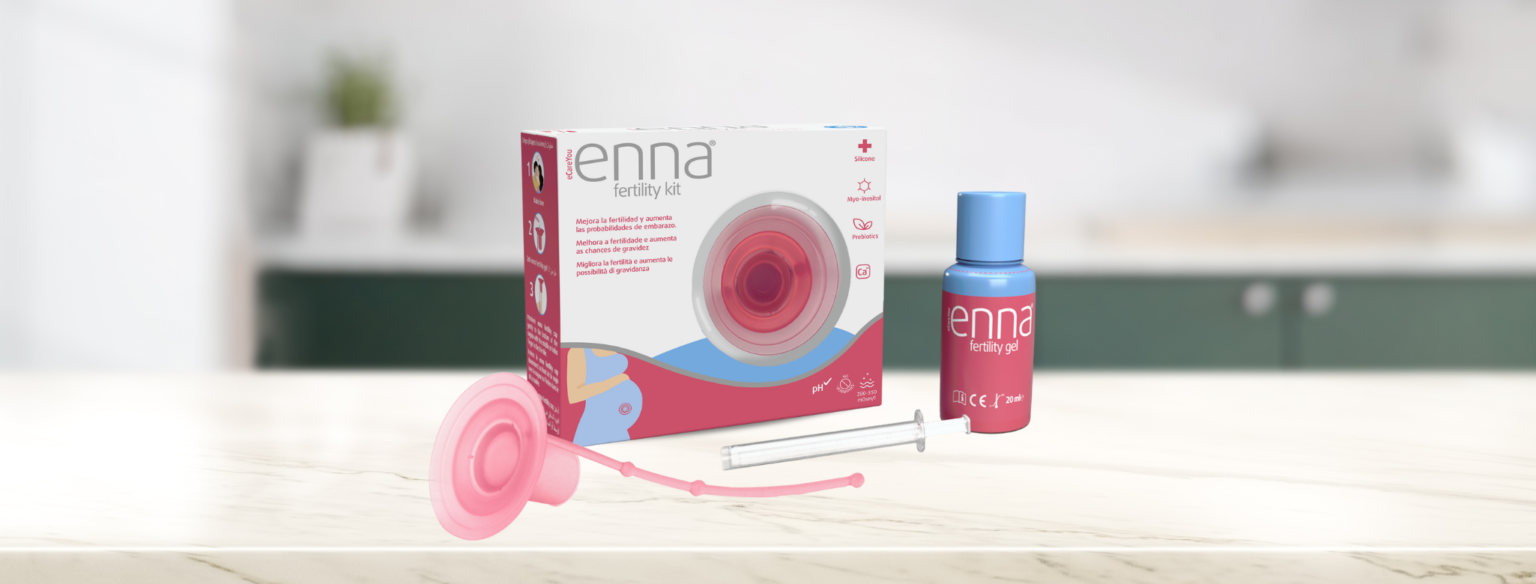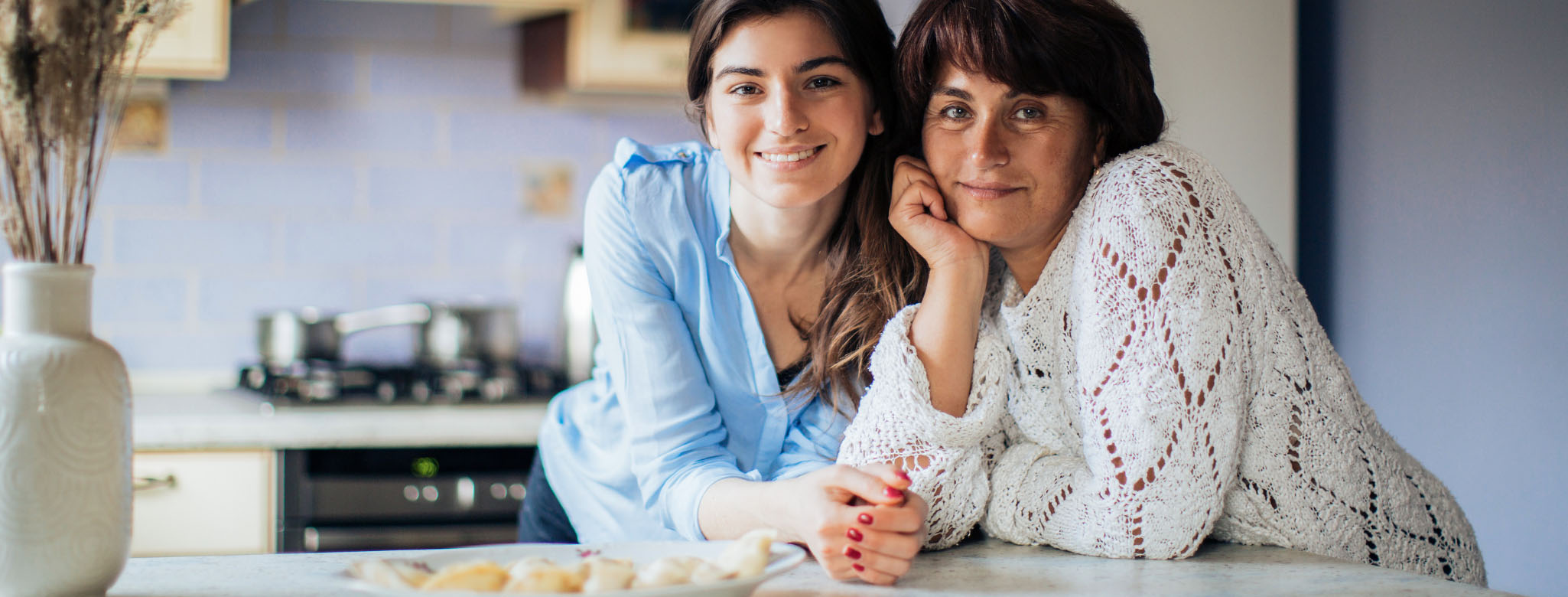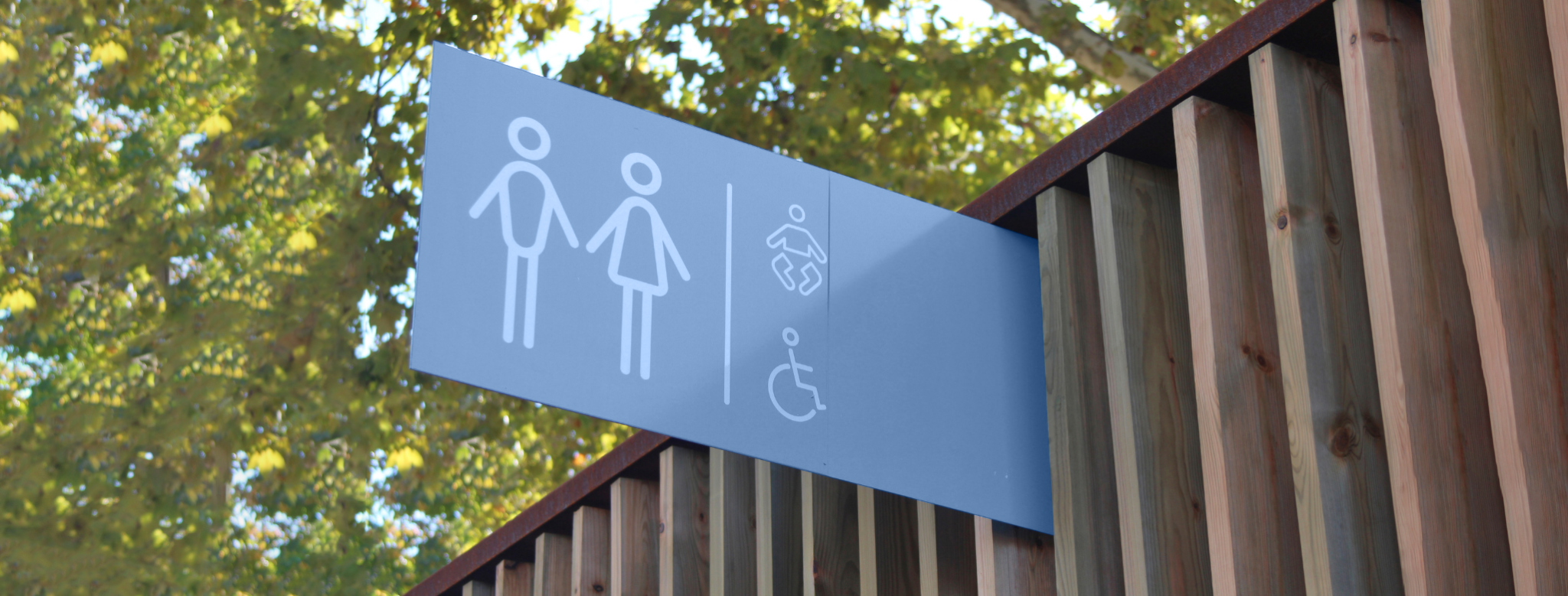The menstrual period cup and the postpartum period are not incompatible, as long as we follow some recommendations. After more than 9 months without menstruating and another while without using pads or tampons, in the puerperium (the time during which the female uterus recovers and returns to how it was before), you might want to use your menstrual cup for postpartum bleeding, but don’t rush into it.
In this stage of the postpartum period, bleeding tends to last six weeks and is characteristic because of the appearance of lochia in the first two weeks: secretion of blood, mucous and discharge. This bleeding is caused by the blood vessels of the uterus being exposed once the placenta has been delivered. For this type of bleeding, it is not recommended to use the cup or any internal product designed for menstruation. The female intimate area has been affected by childbirth and is sore and swollen, so it needs time to recover. Cotton or fabric pads are therefore the best things you can use.
Once you have got past the puerperium period, seek advice from your doctor about whether your organs have shifted back to their original position and if you can now use the menstrual period cup in the event that you’ve started getting your period again, and also whether it’s a good idea to start doing pelvic floor recovery exercises. Don’t worry if it takes you several months to recover. Childbirth is an emotionally and physically brutal experience, so the most important thing is that you recover properly.
You might not get a period for several months after giving birth, particularly if you have chosen to breast-feed. Prolactin, the hormone responsible for producing a mother’s milk, inhibits the normal production of oestrogen and progesterone, so your menstrual cycle might not come back until the weaning process starts. Remember that during this time, even though you don’t have your period, you can still get pregnant.
Whether you have breast-fed or not, it’s most likely that your first cycles will be slightly irregular. This is normal, and it will take time for them to become regular again.
Will I be able to use the same menstrual cup size after giving birth?
Once your gynaecologist gives you the go-ahead to use the menstrual period cup, you should try it and see if the size still fits you or not. After giving birth, most women tend to need a bigger size (usually an L), but there are many factors to consider:
- The menstrual cup size used before you were pregnant.
- The condition of your pelvic floor before giving birth.
- If you have done pelvic floor recovery exercises or not after giving birth.
- Whether this was your first time giving birth or not.
- If it was a vaginal birth or a C-section.
- Whether it was a scheduled or an emergency C-section.
It is therefore best that you try your menstrual cup to see if it opens up completely, if there are any leaks or if it moves around, etc. before you buy a new size. If you’ve not done any pelvic floor recovery work, but you’re thinking of doing so, you should wait for a couple of cycles too. If you buy a bigger size and then you recover well, the new menstrual period cup won’t be of any use to you. Give yourself time and give your body time to regain strength.
Also remember to use the enna cycle size calculator to help you choose your new size.

